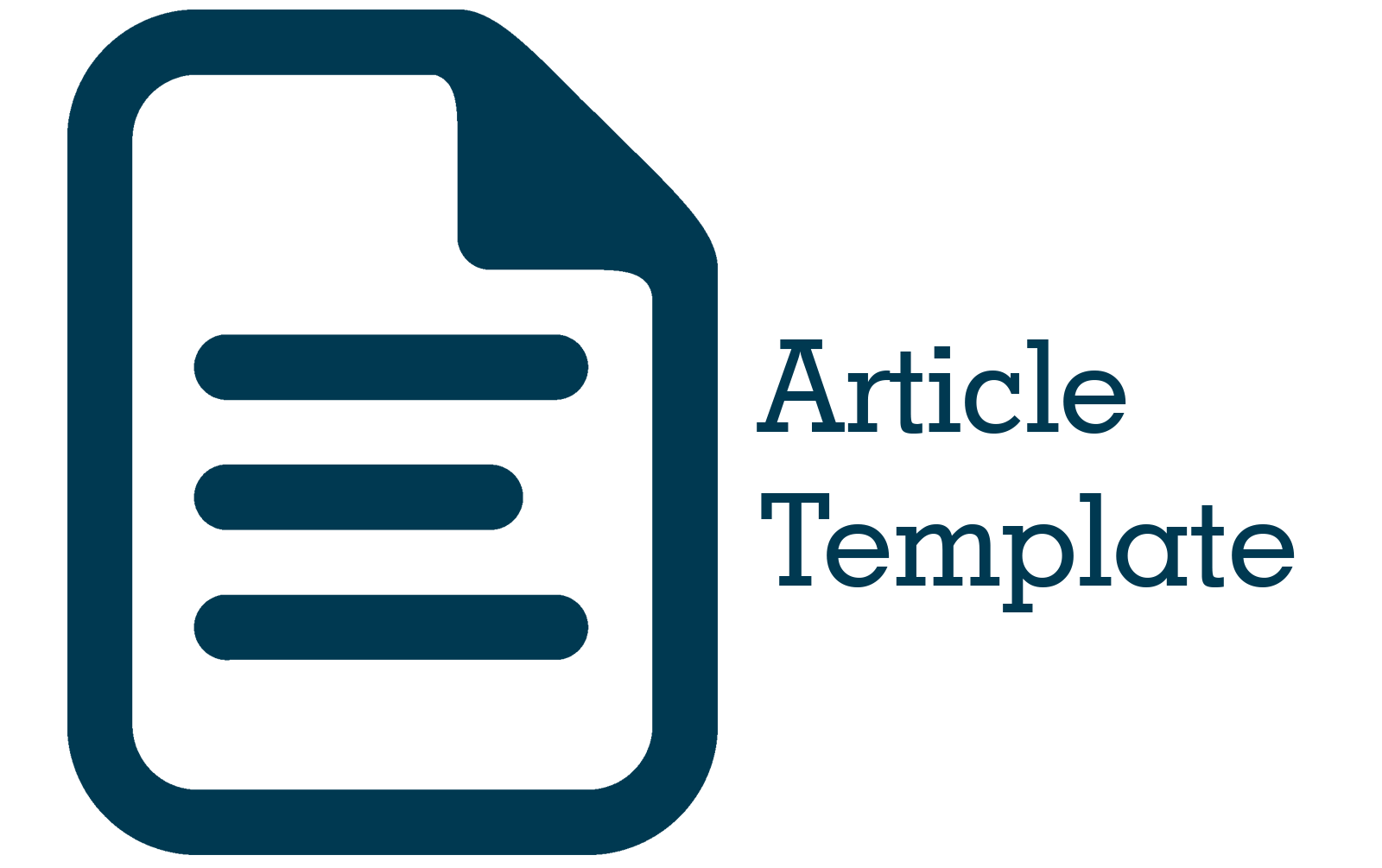Hubungan Jenis Kelamin pada Pasien Hiperurisemia yang Menderita Diabetes Melitus Tipe 2 di Puskesmas Cihaurbeuti Tahun 2022
Abstract
Abstract. Excess uric acid, or hyperuricemia, can increase the risk of gout and cardiovascular disease. Clinically, hyperuricemia contributes to the development of gouty arthritis, gouty nephropathy, and kidney stone formation, especially when accompanied by comorbidities such as chronic kidney disease, cardiovascular disease, and type 2 diabetes. In particular, sex is closely related to hyperuricemia in women. This is due to the high levels of estrogen in women, which reduce excess uric acid and increase its excretion from the kidneys, thereby reducing the risk of hyperuricemia. The purpose of this study was to determine the relationship between sex and hyperuricemia patients suffering from type 2 diabetes patients at the Cihaurbeuti Health Center in 2022. His research method used observational analytics and his research design was cross sectional and Fisher exact data analysis.The number of samples was 312 obtained from the medical records of the Cihaurbeuti Health Center. The results of this study show that the sex of hyperuricemia patients who have Type 2 diabetes mellitus at the Cihaurbeuti Health Center in 2022 is the majority of women (66%) and those with hyperuricemia 79.5%, (95% CI lower 16.3-25, upper 75-83.7). The conclusion of this study if you look at the results of the fisher exact test obtained a p value of 0.237(P>α=0.05), which means that there is no significant relationship between sex in hyperuricemia patients suffering from type 2 diabetes patients at the Cihaurbeuti Health Center in 2022.
Abstrak. Asam urat yang berlebih, atau hiperurisemia, dapat meningkatkan risiko asam urat dan penyakit kardiovaskular. Secara klinis, hiperurisemia berkontribusi terhadap perkembangan artritis gout, nefropati gout, dan pembentukan batu ginjal, terutama bila disertai penyakit penyerta seperti penyakit ginjal kronis, penyakit kardiovaskular, dan diabetes tipe 2. Secara khusus, jenis kelamin berkaitan erat dengan hiperurisemia pada wanita. Hal ini disebabkan oleh tingginya kadar estrogen pada wanita, yang mengurangi kelebihan asam urat dan meningkatkan ekskresinya dari ginjal, sehingga mengurangi risiko hiperurisemia. Tujuan penelitian ini adalah untuk mengetahui hubungan jenis kelamin dengan pada pasien hiperurisemia yang menderita pasien diabetes tipe 2 di Puskesmas Cihaurbeuti tahun 2022. Metode penelitiannya menggunakan observasional analitik dan desain penelitiannya cross sectional dan analisis data Fisher exact. Jumlah sampel 312 yang diperoleh dari rekam medis Puskesmas Cihaurbeuti. Hasil penelitian ini menunjukan bahwa jenis kelamin pada pasien hiperurisemia yang mengalami diabetes melitus Tipe 2 di Puskesmas Cihaurbeuti Tahun 2022 mayoritas adalah perempuan (66%) dan yang mengalami hiperurisemia 79.5%, (95% CI lower 16.3-25, upper 75-83.7). Kesimpulan penelitian ini jika melihat hasil uji fisher exact diperoleh Nilai p sebesar 0,237(P>α=0,05), yang berarti tidak adanya hubungan bermakna antara jenis kelamin pada pasien hiperurisemia yang menderita pasien diabetes tipe 2 di Puskesmas Cihaurbeuti tahun 2022.
References
Damiru, F., Susanti, & Setiawan, muhammad adzar. (2019). Perbedaan Jenis Kelamin Dan Usia Terhadap Kadar Asam Urat Pada Penderita Hiperurisemia. Medika Udayana, 8(12). https://ojs.unud.ac.id
Kementerian Kesehatan RI. (2020). Infodatin tetap produktif, cegah, dan atasi Diabetes Melitus 2020. In Pusat Data dan Informasi Kementerian Kesehatan RI. https://www.kemkes.go.id/downloads/resources/download/pusdatin/infodatin/Infodatin 2020 Diabetes Melitus.pdf
Klinis Hiperurisemia Debie Anggraini, A. (n.d.). Scientific Journal. http://journal.scientic.id/index.php/sciena/issue/view/4
Klinis Hiperurisemia Debie Anggraini, A. (2022). Aspek Klinis Hiperurisemia. Scientific Journal, 1(Vol. 1 No. 4 (2022): SCIENA Volume I No 4, July 2022), 299–308. https://doi.org/https://doi.org/10.56260/sciena.v1i4.59
Li, X., Li, L., Xing, Y., Cheng, T., & Ren, S. (2020). Review Article Diabetes Mellitus Is Associated with a Lower Risk of Gout : A Meta-Analysis of Observational Studies. 2020.
Made, N., Pertiwi, L., Wande, N., & Mulyantari, N. K. (2019). Prevelensi Hiperurisemia Pada Penderita Diabetes Melitus Tipe 2 Di Rumah Sakit Umum Pusat Sanglah Denpasar Bali Periode Juli-Desember 2017. Medika Udayana, 8(10), 2597–8012. https://ojs.unud.ac.id/index.php/eum
Ramadhanti, L., & Purlinda, D. E. (2021). Kadar Asam Urat Pasien Diabetes Melitus Tipe 2 Uric Acid Levels in Type 2 Diabetes Mellitus Patients. Jurnal Laboratorium Medis, 03(02), 83–89. https://ejournal.poltekkes-smg.ac.id/ojs/index.php/JLM/
Regina, C. C., Mu’ti, A., & Fitriany, E. (2018). Diabetes Mellitus Type 2. Verdure: Health Science Journal, 3(1), 8–17. http://europepmc.org/books/NBK513253
Rizky Rizal Alfarysyi, Meike Rachmawati, & Buti Azfiani Azhali. (2021). Hubungan Tingkat Pengetahuan tentang Diabetes Melitus dengan Persepsi Pencegahan Komplikasi Polineuropati Diabetik. Jurnal Riset Kedokteran, 1(1), 46–54. https://doi.org/10.29313/jrk.v1i1.316
Sihotang, H. T. (2017). Perancangan Aplikasi Sistem Pakar Diagnosa Diabetes Dengan Metode Bayes. Jurnal Manik Penusa, 1(1), 36–41. https://e-jurnal.pelitanusantara.ac.id/index.php/mantik/article/view/280/177
Tim penyusun Buku Pedoman Pengelolaan dan Pencegahan Diabetes mellitus tipe 2 Dewasa di Indonesia 2021. (2021). Pedoman Pengelolaan dan Pencegahan Diabetes Melitus Tipe 2 Dewasa di Indonesia 2021. In F. Dr. dr. Soebagijo Adi Soelistijo, SpPD, K-EMD, FINASIM, F. Prof. Dr. dr. Ketut Suastika, SpPD, K-EMD, F. Prof. Dr. dr. Dharma Lindarto, SpPD, K-EMD, F. Prof. Dr. dr.Eva Decroli, SpPD, K-EMD, F. Dr. dr. Hikmat Permana, SpPD, K-EMD, F. dr. Krishna W Sucipto, SpPD, K-EMD, & dkk (Eds.), PB Perkeni (2021st ed.). PB perkeni. https://pbperkeni.or.id/wp-content/uploads/2021/11/22-10-21-Website-Pedoman-Pengelolaan-dan-Pencegahan-DMT2-Ebook.pdf
Rizky Rizal Alfarysyi, Meike Rachmawati, & Buti Azfiani Azhali. (2021). Hubungan Tingkat Pengetahuan tentang Diabetes Melitus dengan Persepsi Pencegahan Komplikasi Polineuropati Diabetik. Jurnal Riset Kedokteran, 1(1), 46–54. https://doi.org/10.29313/jrk.v1i1.316











